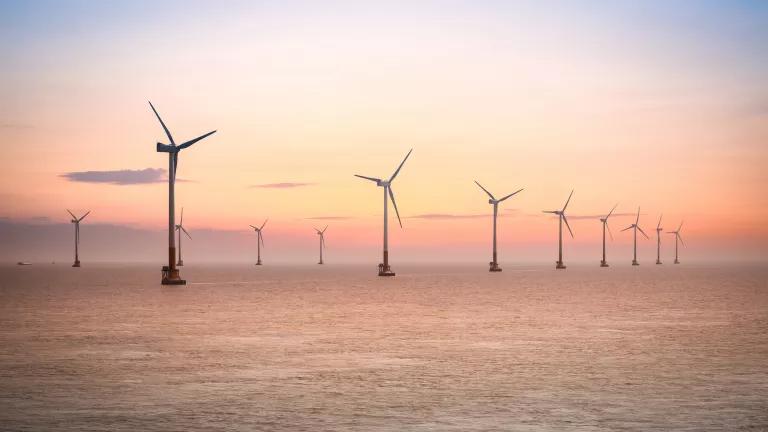California Forecasts Electricity Resource Needs Through 2035
It is increasingly important to ensure that electricity procurement and transmission processes are effectively poised to help California reach its ambitious climate goals.

Bob Reynolds/Shutterstock
As part of the state’s annual Transmission Planning Process, the California Public Utilities Commission (CPUC) will soon vote on the recommended electricity portfolio for 2023–2024. With the impacts of climate change accelerating and the need for clean energy resources on the rise, it is increasingly important to ensure that electricity procurement and transmission processes are effectively poised to help the state reach its ambitious climate goals. California has been a leader in the transition toward a zero-carbon clean energy economy, and the portfolio will help California meet its goals by adopting a high-electrification, low-carbon, ambitious offshore wind scenario with a longer-term perspective.
We support the recommended electricity portfolio as a projection of the set of electricity resources—both generation and storage—that will be needed to meet the state’s future electricity needs. The portfolio is designed to affordably achieve a robust greenhouse gas emissions reduction target. This approach best matches the ambition that is needed to meet California’s greenhouse gas reduction targets, and by doing so, California continues to develop a decarbonization blueprint for other regions in the United States to emulate.
The portfolio also requires planning for increasing electricity demand. Since California needs to ramp up its expansion of clean electricity generation capacity at an accelerated rate over the next few decades to serve an electrified and growing economy, this approach will position us on the best path to rapidly reduce emissions and transition to such a clean energy economy.
This portfolio also takes steps toward planning for transmission needs over the long term to meet California’s growing needs efficiently and cost-effectively. The process of building major transmission is a years-long challenge that often takes twice as long to complete as originally planned for. Given the long lead times and typical delays, long-term planning is necessary to ensure that the state's energy infrastructure is prepared for future demand and can provide reliable energy services to Californians.
Additionally, the portfolio considers transmission planning for the offshore wind resources needed to meet California’s decarbonization goals. Offshore wind energy is a crucial resource in the transition to a clean energy economy and addressing the barriers to its development and integration into the grid is critical to achieving a sustainable energy future.
Once adopted, the portfolio will be transmitted to the California Independent System Operator (CAISO), which will use it to develop a plan for construction of the new transmission infrastructure needed to connect these new resources into the grid. Adoption of this portfolio by the CPUC will help the state further drive progress toward a sustainable future while providing reliable energy to its residents.




